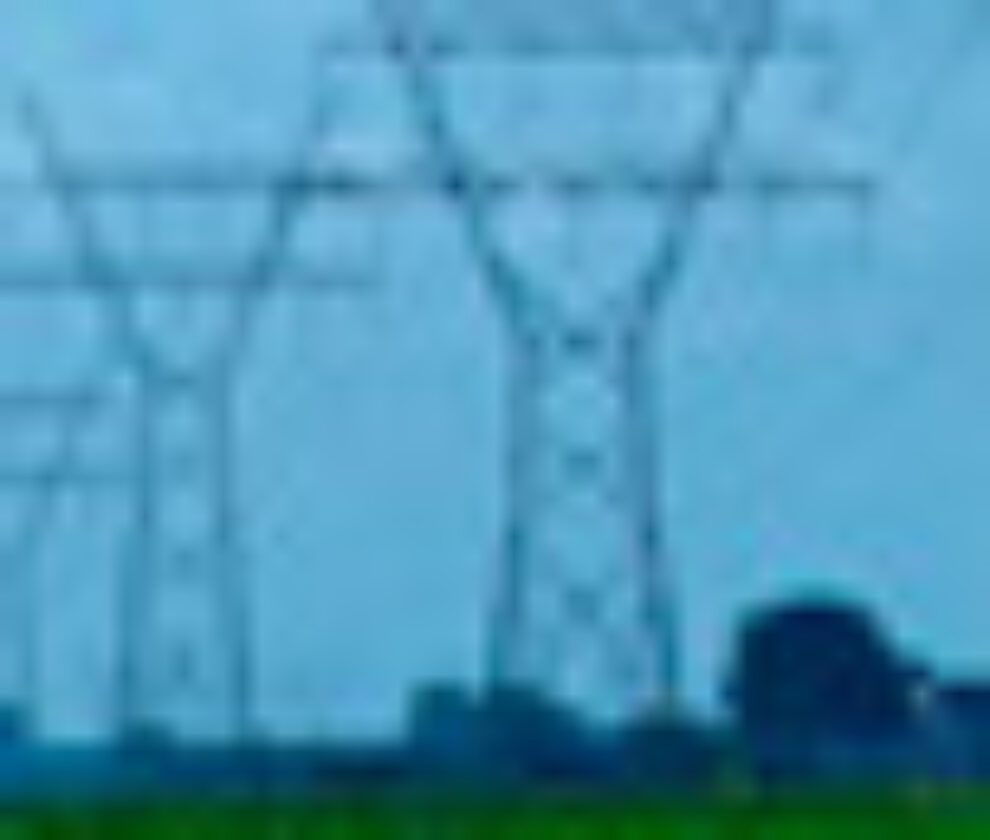By John Jimison, Executive Director of Americans for a Clean Energy Grid
September 4th marked a barely noticed anniversary of one of the most significant achievements in human history: the birth of the modern electric grid. In 1882, Thomas Edison started generating electricity at Pearl Street Station to power 400 “electric lamps” for 82 Manhattan customers. Within two years, Edison’s grid was lighting 10,000 lamps for 500 customers. One hundred thirty-five years later, America’s high voltage transmission network is a marvel of engineering, providing ever-cleaner electric power to every corner of a vast continent with near perfect reliability. It would be easy to conclude that the grid was “fully built out” and that there would be scant value in further investments and upgrades—yet nothing could be further from the truth.
Despite its longevity, America’s transmission grid is still not a truly national network. Significant progress has been achieved in fits and starts over the decades. Local grids have grown into regional ones, and recently established regional power markets have exploded in scale, scope, and efficiency. These hand-in-hand developments have delivered enormous benefits to businesses and consumers: lower prices, better reliability, and cleaner generation.
Yet today’s transmission network remains hobbled by “seams”: technical and administrative barriers that make it difficult or impossible to move power from one region to another. “Seams” cost money by forcing customers to buy expensive electricity close to home because they can’t access much cheaper—and often cleaner—power a few states away. Reliability suffers when “seams” lead to congestion that limits the options of grid operators to address periods of high demand or widespread outages caused by extreme weather.
Why has the electric grid’s development proceeded so slowly, especially when compared to other critical economic networks like the internet, roads, and gas pipelines? The answer boils down to outdated policies and poor public understanding, specifically:
- Balkanized policies and authorities. Electric transmission is governed by literally hundreds of agencies and authorities, including: the Federal Energy Regulatory Commission (FERC), state public utility commissions, municipal authorities, cooperative boards of directors, state siting boards, plus numerous other federal power authorities, federal lands agencies, and parallel state authorities and land agencies. Despite significant consolidation over many decades, numerous divisions remain.
- Underappreciated economics. Electric transmission remains one of the most consistent beneficial infrastructure investments available, often delivering conservatively estimated benefit-cost ratios of 3 to 1. Transmission investments have recovered in the last decade from near-zero levels over the preceding thirty years, but the backlog has not been cleared, and enormous new opportunities—especially in clean energy—have yet to be tapped.
Americans for a Clean Energy Grid (ACEG) has since 2008 built a broad coalition of utilities, environmental advocates, energy developers, labor unions, technology manufacturers, and engineering and construction firms to support public education and policy reform aimed at accelerating investments to expand and modernize the nation’s high voltage transmission network. Electricity is the lifeblood of every modern economy—and it is steadily displacing other energy sources in homes, businesses, manufacturing facilities, and inevitably, much of transportation. It is clean, efficient, safe, precise, reliable, and infinitely adaptable to almost any use.
ACEG and its coalition supporters believe that electric transmission infrastructure is the key to maintaining America’s economic prosperity, environmental stewardship, and national security for generations to come. Rather than a declining centenarian, the grid is like a 30-year old who needs to get in better shape to stay vigorous for decades to come. Those goals will only be achieved if policy reforms can open the pipeline for key transmission upgrades and expansions to proceed. In the coming years, ACEG’s efforts to advance those reforms will focus specifically these four areas:
- Speed up investments. ACEG supports continuing regional transmission planning processes under FERC Order 1000, promoting more liberal cost-sharing, and shortening siting and permitting timelines.
- Achieve a truly national network. ACEG will ask FERC to take steps to promote beneficial interregional transmission projects.
- Modernize transmission technology. Advanced and proven transmission technologies hold great potential to make the grid more efficient, clean, reliable, and secure—but most of them have achieved minimal penetration in the market. ACEG and its coalition partners will educate transmission owners and state and federal regulators on the untapped benefits of advanced transmission technologies like dynamic line rating, high performance conductors, power flow controls, and grid analytics.
- Promote consistent and complete accounting of the benefits of transmission projects. Opposition to transmission projects from regulators, consumers, and other stakeholders is often rooted in underestimated benefits. Regulators frequently construe project benefits too narrowly, and exclude entire categories of benefits.
Finally, as Congress and the Administration continue to develop plans to promote infrastructure investment, ACEG urges them to remember that electric transmission is overwhelmingly built with private capital, not public funds. Policy changes alone can unlock billions in high return investments that create unexportable high-value jobs in every region of the country—while building infrastructure that will supercharge the economy for decades. At 135, our electric transmission system is just entering the prime of its life.
Read our full policy agenda here.

